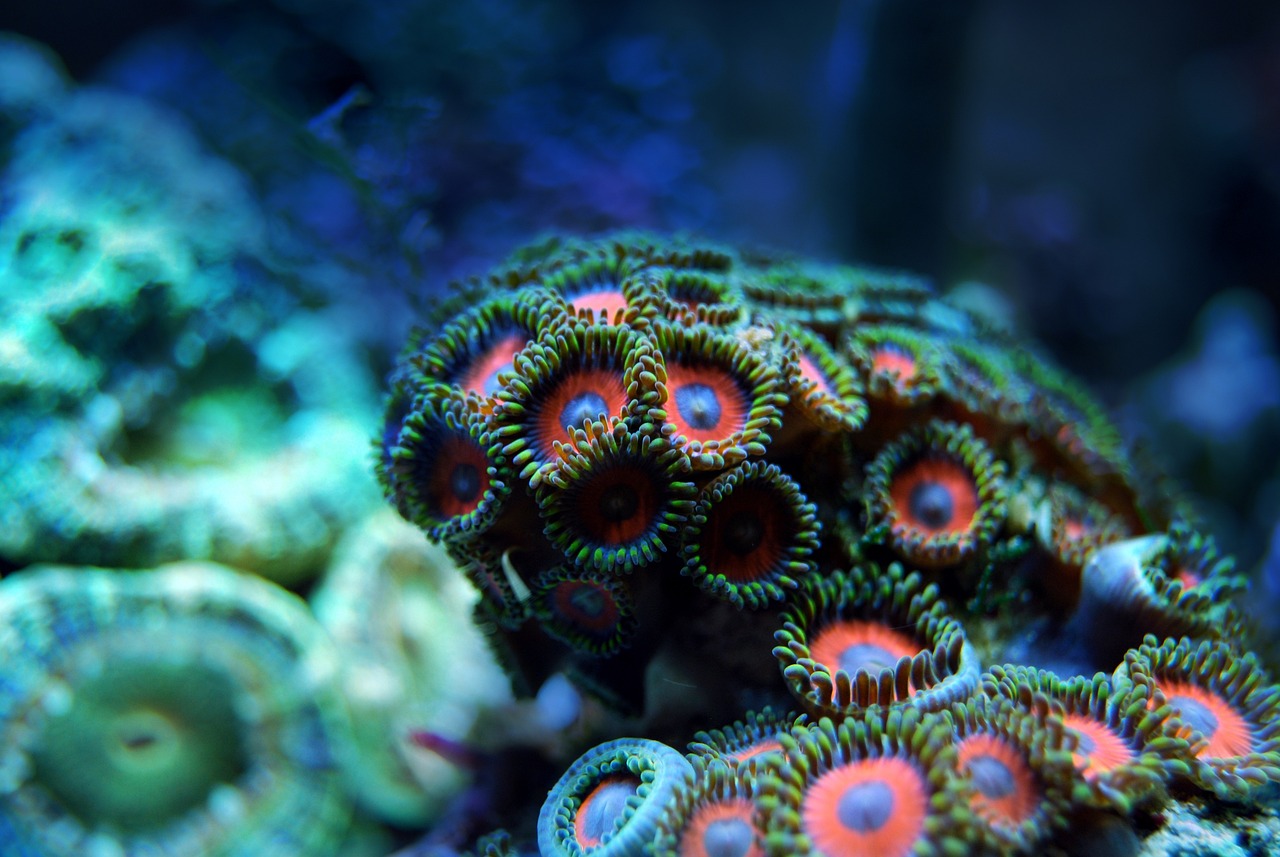Media release
From:
Environment: Combined land and sea conservation supports coral reefs through warming
Simultaneously mitigating human impacts on land and sea reduced coral loss during an unprecedented marine heatwave in Hawaiʻi and supported coral reef persistence after the heatwave, according to a paper in Nature. The findings demonstrate the potential of combined management strategies to protect coral reefs.
Coral reef ecosystems are frequently impacted by human activity on land and in the sea; land-based disturbances include wastewater pollution, and sea-based disturbances include overfishing. Corals are especially impacted by prolonged periods of warm ocean temperatures, known as marine heatwaves, which can cause coral bleaching and death.
Jamison Gove, Gareth Williams and colleagues assessed the effects of human and environmental land- and sea-based impacts on reef changes around Hawaiʻi between 2003 and 2019. This period included the Hawaiian Islands’ most severe marine heatwave on record in 2015, when ocean temperatures were 2.2 °C higher than normal. The human impacts analysed included urban runoff, wastewater pollution and fishing restrictions. Throughout the study period coral reef cover increased in some areas, decreased or remained stable. Reefs with mitigated land- and sea-based human impacts showed increased coral cover before the heatwave and reduced coral loss during the heatwave. Additionally, reefs with more herbivorous fishes and exposure to fewer land-based human impacts had increased reef-builder cover — more of the types of coral essential to reef growth — four years after the disturbance compared with reefs with reduced fish populations and exposure to more land-based human impacts.
The authors modelled scenarios that suggested reducing land- and sea-based human impacts results in a three- to sixfold greater probability of a reef having high reef-builder cover four years after a disturbance. They suggest that integrated land–sea management could provide coral reefs with a better opportunity to persist in a changing climate.
***



 International
International



